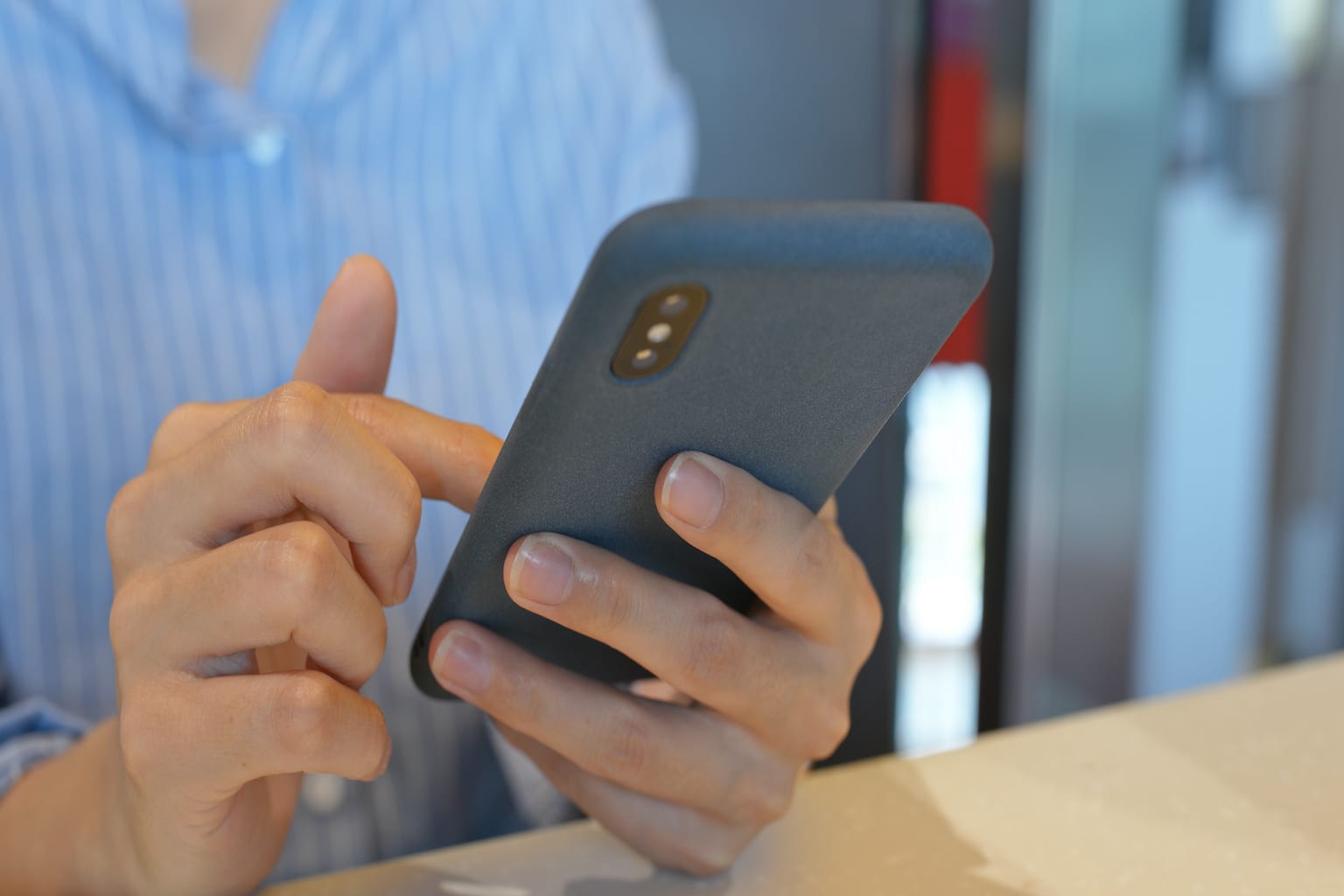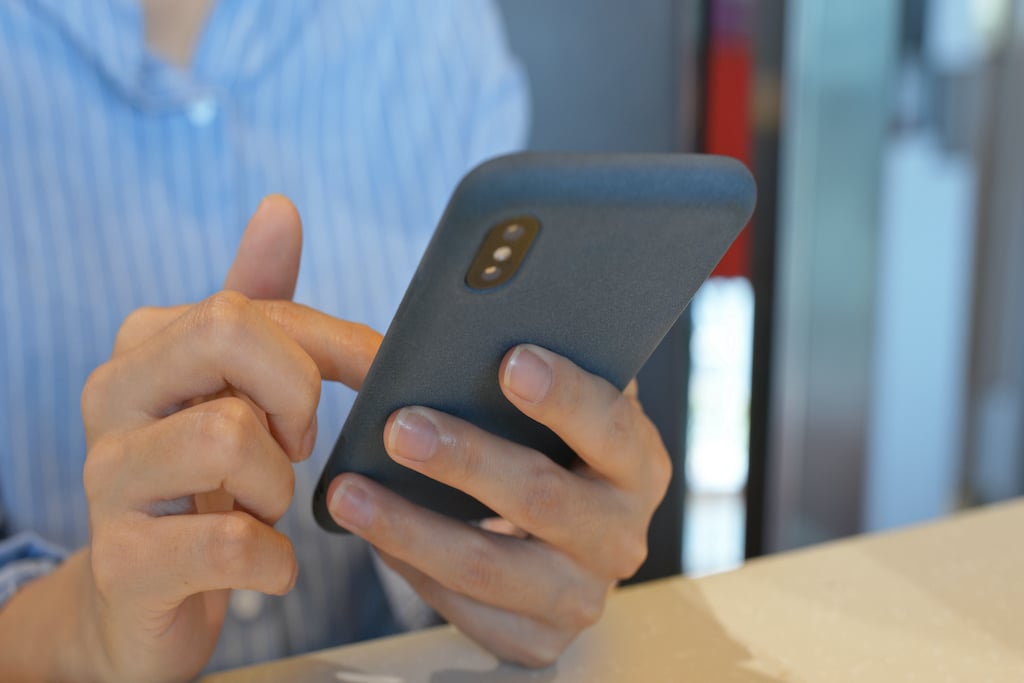
In a world where every second counts, mobile food ordering is experiencing exponential growth. Let’s look at some mobile food ordering statistics that show why restaurant owners need to take notice.
Mobile Food Ordering Statistics
Mobile ordering continues to rise, and some predictions have the food delivery market valued at $365B by 2030. At first, mobile ordering seemed like a long shot. Then, large national restaurant chains like Jersey Mike’s and Pizza Hut started offering mobile ordering options. In fact, Pizza Hut started with efforts in online ordering in 1994, then introduced the Pizza Hut app in 2009.
Now, decades later, many smaller, local restaurants are beginning to discover the benefits.
One third of e-commerce sales are now happening on mobile devices instead of a traditional computer system. Overall, mobility in retail is now a $5.7 billion business worldwide and continues to grow rapidly. Here are some mobile food ordering statistics:
- 67% of an average restaurant’s revenue now derives from food orders placed either online or over the phone, via PYMNTS.com survey.
- The average QSR now generates as much as 75% of its sales from orders made online or over the phone, via PYMNTS.com survey.
- Full service restaurants saw a 237% increase in digital orders between 2020 and 2021, via NPD.
- Food delivery is worth more than $150 billion, having more than tripled since 2017, via McKinsey report.
- Restaurant apps and websites are the most used channels for digital ordering, representing 62% of all digital orders, via NPD.
- Only 45% of QSR customers prefer to place orders through employees.
- 70% of consumers would rather order from a custom app than a third-party app, via Hospitality Tech.
- 25% of consumers spend more on off-premise orders.
- Mobile represents 60% of all digital restaurant orders today.
- 13% of total U.S. Starbucks transactions are made through its Mobile Order & Pay.
- 80% of merchants use Samsung Pay—even though it’s the least popular option for shoppers.
- 45% of customers agree mobile ordering options encourage them to use mobile ordering more often.
Why Customers Love Mobile Ordering
Allowing customers to skip the line by placing an order on their device saves time. Staff can focus on in-store customers and keeping to-go-orders ready for pickup. Favorite meals and orders are saved and can easily be added to their cart and paid for in less than a minute.
Beyond the basics, customers also appreciate the ability to see pricing clearly, including specials or loyalty app pricing seamlessly integrated. It is commonplace for restaurants to have higher orders per customer with add-ons like breadsticks or soda while making it convenient for the customer.
With a mobile app that includes a loyalty program, restaurants can retain customers with very little effort. Restaurant staff appreciates this aspect greatly, as punch cards or manual tracking are no longer taking up staff time. Additionally, mobile orders assist staff in an increase in productivity through greater accuracy of filling orders.
Mobile devices, from smartphones to connected cars and watches, are changing the consumer experience and giving restaurants the opportunity to rethink how they interact with their employees and their customers. The increase in mobile phone traffic to online stores is partly fueled by another trend: the rise of social product discovery and effective social ad targeting.
Related: The Importance of Online Ordering and Delivery for Restaurants
Changes in Mobile Ordering
Though mobile ordering has been around for years, there is always room for improvement and growth. Some aspects have evolved well over the past few years, including suggestive ordering, voice ordering, and pre-ordering (ordering with a future time in mind). Perhaps someday, probably sooner than later, apps may be able to find regular patterns in a customer’s mobile ordering and predict (suggestively) if they would like to order ‘their usual’ now. Predictive and suggestive technologies are bound to be an upcoming development focus with mobile apps. Some may find it a bit intrusive and creepy; however, it is all about customer convenience.
In 2019, one of the fastest growing online industries was delivery services. Consider the following excerpt from Pymnts.com on DoorDash:
“The value of the most expensive order placed on DoorDash in 2019 was $5,000. And the food delivery platform recently notched additional funding — an investment of $100 million per reports in November. DoorDash, as it stands, is backed by investing giants such as Sequoia Capital and SoftBank Group. The new capital was reportedly courtesy of the T. Rowe Price Group. As of November, the company had already reportedly raised about $2 billion and had been on the receiving end of a Darsana Capital Partners-led $600 million funding round in May. It was also noted that DoorDash comprises approximately 35 percent of the food delivery market, making it the most dominant firm in the space per reports in November.”
With the amount of funds being invested in mobile order delivery, it’s no surprise there are a number to choose from. The interesting part here is that it is a customer driven business, since it is primarily the customer who chooses which delivery service is used.
Tips for Setting Up Mobile Ordering
In all the excitement of implementing a mobile app, be sure to remember some important details, including easy access to your phone number (optimized for click-and-dial); business hours, and an easy-to-read menu. Also, be sure to market your app on signs and menus that customers can see when they visit next.
Even if you are not ready to implement a mobile ordering app, there are other details online to consider. Oftentimes, people are likely to google-search for your business, use Yelp, or other review sites in discovering your restaurant. To ensure good information is online, it is important to ‘claim your business’ and update the profile. You can then add comments and responses to people’s inquiries on those sites. After all, long gone are the days of physical maps and brochures picked up in the hotel lobby.
An aspect often overlooked is customer-based app testing. Once you have a testing app, contact a friend or regular customer to test it out in exchange for a free appetizer or drink. Try to get feedback about the ease of use, if the process made sense, and if they have any critical suggestions. It may cost a few dollars to make a final revision; however, it will be worth it, in the long run, to shore up potential app frustrations.
When budgeting and considering costs, remember that the overall cost of mobile app development varies based on how you need the app to function, its integration with current systems such as your quick service POS or loyalty program. The initial setup of your app will include design, platform development (to work on iOS and android), testing, and initial launch. Depending on your business model, you can use the same app for an extended amount of time; however, whenever menus change, it will be important to ensure your app includes those changes.
Related: 8 Restaurant POS System Features You Must Have
The Future of Mobile Ordering
As you may be aware, Millennials are becoming the primary target audience. In considering their generation, they are more likely to spend money on delivery services and prepared food for their convenience. At the same time, Millennials need instant satisfaction through easy ordering processes, fast checkout, and gamification.
Delivery Services
Delivery of food and items continues to be a hot trend, including drones, robots, parachutes, and driverless vehicles. This is still in the infancy phases; however, is likely to grow and advance over time. This stems not only from convenience but also from lack of available staff for delivery services. As noted in the article by Ruby Garage, drones “…can avoid traffic congestion and traffic lights and safely reduce the delivery time and distance by traveling directly to customers’ homes. This is the future,” as stated by Domino’s Group CEO and Managing Director Don Meij.
Related: Optimize Your Pizza Delivery Service Today
Social Media
Don’t be surprised to see an increase in the use of social media platforms for online ordering. Domino’s pizza started delving into this area; however, it seems more like a trendy alternative than the actual ordering option now. Time will certainly tell on this option.
Smart Watches and Other Devices
On the other hand, literally… ordering with a smartwatch may be more than a simple trend. With a few simple clicks and voice commands, mobile orders can be made with Domino’s and OrderUp. It will be interesting to see what happens in this arena. On a bigger screen, the Apple TV allows ordering Papa John’s pizza, customizing your order, seeing past orders, and even receiving discounts. It is more likely that smartwatch apps will become a focus than Apple TV’s simply because of smartwatch’s popularity.
Mobile App Use for Wait Staff
A newer trend is the ability to wait for staff to have a device in hand and order at the table. This increases efficiency and the ability to produce correct orders that go straight to the kitchen. No paper ticket orders, no scribbles, and no accidentally forgotten custom orders. It may be awkward at first for wait staff to use a mobile app. Customers may even think it strange, but when explained to ensure their order is correct and received by the kitchen immediately, they will be happy for this change. This also means happier customers, which means a higher chance of a better tip, and in turn happier staff.
The explosion in the industry across new channels and devices will only continue. It is certainly time to upgrade from the old website-based ordering systems to a mobile ordering app. Incorporating mobile apps and ways for customers to order through mobile devices sooner than later, or you’ll be left behind.
Offer Mobile Ordering at Your Restaurant
As these mobile food ordering statistics show, more and more people are embracing online food ordering. It’s good for customers, and it’s good for business. If your business hasn’t started to offer mobile ordering at your restaurant, it’s time to start right now.
Mobile ordering is no longer a “nice to have” feature. It’s a “must have” feature that customers expect.
See how Lavu can help you bring mobile ordering to your restaurant. Get more information about how our restaurant POS connects with mobile ordering through Menu Drive so you can begin offering online ordering to your customers in no time.




